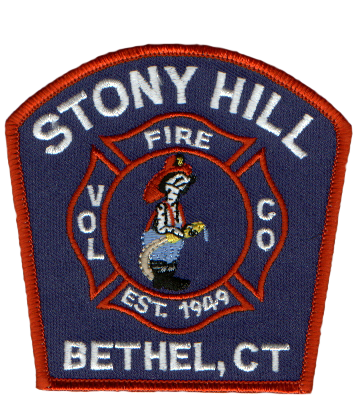Safety Tips
The NFPA recommends the following for smoke detectors:
Install smoke alarms inside each bedroom, outside each sleeping area and on every level of the home, including the basement.
On levels without bedrooms, install alarms in the living room (or den or family room) or near the stairway to the upper level, or in both locations.
Smoke alarms installed in the basement should be installed on the ceiling at the bottom of the stairs leading to the next level.
Smoke alarms should be installed at least 10 feet (3 meters) from a cooking appliance to minimize false alarms when cooking.
Mount smoke alarms high on walls or ceilings (remember, smoke rises). Wall-mounted alarms should be installed not more than 12 inches away from the ceiling (to the top of the alarm).
If you have ceilings that are pitched, install the alarm within 3 feet of the peak but not within the apex of the peak (four inches down from the peak).
Carbon Monoxide (CO) Detectors:
CO alarms should be installed in a central location outside each sleeping area and on every level of the home and in other locations where required by applicable laws, codes or standards. For the best protection, interconnect all CO alarms throughout the home. When one sounds, they all sound.
Follow the manufacturer’s instructions for placement and mounting height.
Choose a CO alarm that has the label of a recognized testing laboratory.
Test CO alarms at least once a month; replace them according to the manufacturer’s instructions.
If the audible trouble signal sounds, check for low batteries. If the battery is low, replace it. If it still sounds, call the fire department.
If the CO alarm sounds, immediately move to a fresh air location outdoors or by an open window or door. Make sure everyone inside the home is accounted for. Call for help from a fresh air location and stay there until emergency personnel.
If you need to warm a vehicle, remove it from the garage immediately after starting it. Do not run a vehicle or other fueled engine or motor indoors, even if garage doors are open. Make sure the exhaust pipe of a running vehicle is not covered with snow.
During and after a snowstorm, make sure vents for the dryer, furnace, stove, and fireplace are clear of snow build-up.
A generator should be used in a well-ventilated location outdoors away from windows, doors and vent openings.
Gas or charcoal grills can produce CO — only use outside.
Carbon Monoxide is a colorless, odorless, tasteless product of incomplete combustion.
If you ever have any concern with your smoke or CO detector, call Bethel Fire Dispatch on their routine line, 203 778 7415, so firefighters can come and investigate.
* For more tips click HERE
